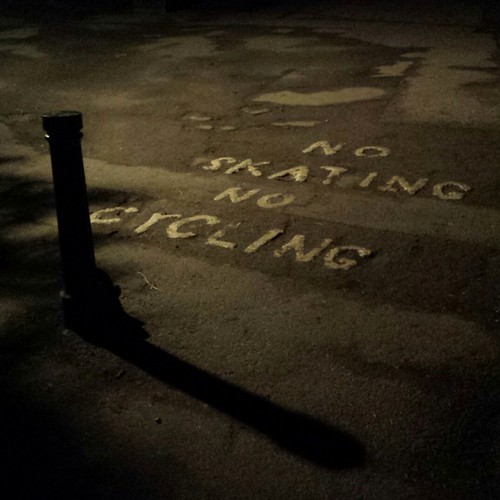Electroporation of Bcl-2-BH4 peptide (A, decrease right). Electroporation of Bcl-2-BH4-IV/GG peptides. Crimson color is thanks to the spillover into the FITC channel of the intense DTR signal (the electroporation loading control). (B) Quantitative image based mostly AI (amount of apoptotic cells divided by the overall cell amount). The AI was normalized to the AI 141136-83-6 structure exterior the electroporated spot. All results were attained from 5 unbiased experiments and are plotted as implies SEM. Only Bcl-2-BH4 loading drastically diminished the AI when in contrast with the management motor vehicle (). ### indicates that the results attained with Bcl-2-BH4 IV/GG have been substantially different from Bcl-2-BH4.
Listed here, we examined the efficacy of Bcl-2-BH4 as an IP3Rinhibitory peptide in relation to its intrinsic secondary construction. Our findings show that the -helicity of Bcl-two-BH4 peptide is a important determinant for its potential to directly suppress IP3R signaling and Ca2+-mediated apoptosis. Purposely, we have concentrated on targeting amino acids that are not area available in the full-length protein but seem to be crucial for the appropriate -helical group of the BH4 domain. Irrespective of any issues on structural business or selectivity, several reports previously showed that a cell-penetrating peptide comprising the sequence for Bcl-2’s BH4 domain is protective in opposition to a variety of mobile stressors [446]. Such activity can be attributed to a large extent to the direct inhibition of the IP 3Rs by Bcl-2’s BH4 peptide as reported in our modern reports [12,17,32]. This may possibly not be astonishing offered that in the native protein the Bcl-2-BH4 area adopts an -helical conformation, a secondary construction motif involved in several protein-protein interactions as effectively as in protein association with mobile membranes [47,48]. Yet, it is essential to be aware that synthetic peptides derived from native protein sequences may possibly change conformations in between helices, sheets and random coils, given that they have been taken off from the stabilizing results of their protein context. Isolated peptides corresponding to the BH4 area of Bcl-2 have similarly been reported to adopt different secondary structures in accordance to the encompassing atmosphere: from an -helix 17322026or a -sheet in an amphipathic/membrane-like surroundings to a random coil when current in an aqueous medium [22,forty nine,fifty]. Listed here, we demonstrate that the Bcl-2’s BH4 peptide has a substantial -helical content (Determine 1C), correlating with its capacity to suppress the exercise of the IP 3Rs and shield from STS-induced apoptosis. For that reason, introducing a double glycine amino acid in its -helical main not only disrupted the characteristic secondary framework of the peptide, but also abrogated its potential to bind to the IP 3R1 and reduced the relevant pro-apoptotic Ca2+ signaling. From our CD evaluation, we approximated that roughly 35% of the Bcl-2’s BH4 peptide is arranged in an -helix when solubilized in the membrane-mimicking agent TFE [51]. The latter data correlate well with preceding noted values, for example the 27% acquired by Lee et al. [22] in detergent micelles and the 45% acquired by Khemtemourian et al. [49] in  TFE. The clear discrepancy in between the a variety of scientific studies can be described by the somewhat distinct experimental situations (pH, temperature, solvent purity, membrane atmosphere and peptide size), which can substantially impact the peptide’s secondary construction.
TFE. The clear discrepancy in between the a variety of scientific studies can be described by the somewhat distinct experimental situations (pH, temperature, solvent purity, membrane atmosphere and peptide size), which can substantially impact the peptide’s secondary construction.